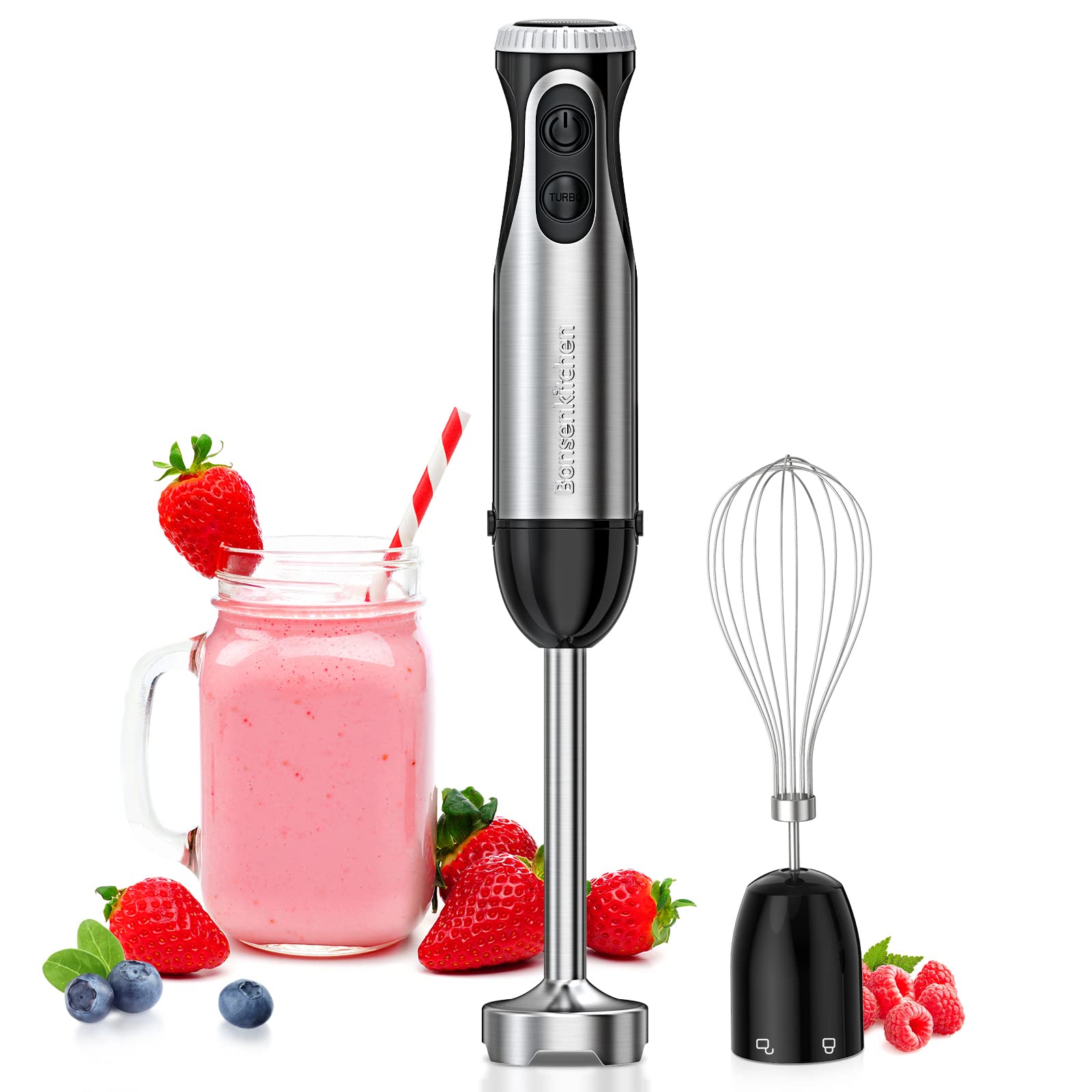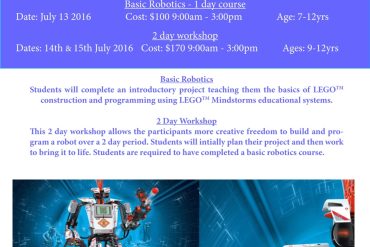The Ultimate Stick Blender Guide for Busy Parents
Hey there super parents! Ever feel like your kitchen time is more frantic than fun? Well, let me introduce you to your new best friend: the stick blender! This handy gadget will not only save you time but also inject a dash of joy into your cooking routine. Whether you’re whipping up baby food, soups, or smoothies, this guide will make you a stick blender whiz in no time!
What is a Stick Blender?
Stick blenders, also known as immersion blenders, are the magicians of the kitchen world. Imagine blending, pureeing, and emulsifying without having to move your ingredients to a countertop blender. With a stick blender, you can do it right in the pot or bowl – talk about a cleanup savior! Plus, they’re perfect for small kitchens or meals on-the-go.
Why Parents Love Stick Blenders
As a parent, you want tools that are quick, easy, and safe. Stick blenders check all these boxes and more! They’re super convenient for making small portions of baby food or hiding veggies in a creamy soup for your picky eaters. The one-hand operation means you can hold your little one while still conquering dinner time – multitasking for the win!
Choosing Your Stick Blender
- Motor Power: For most household tasks, a motor with 200-300 watts is plenty strong. If you plan to crush ice or tackle tougher jobs, look for higher wattage.
- Material: When it comes to longevity, stainless steel blenders trump plastic ones. They’re more durable and usually have better heat resistance.
- Speed Settings: Variable speeds can give you more control over your blending, ensuring everything from smooth purees to chunky salsas come out just right.
- Attachments: Some models come with whisk, chopping, or frothing attachments, expanding your culinary toolkit with one appliance.
- Safety Features: Look for a blender with a lock button or safety mechanism to prevent accidental starts, especially important with curious kids around!
How to Use Your Stick Blender
Using a stick blender is as simple as pie – which you can also make with it, by the way! Start by plugging it in and immerse the blending end into your ingredients. With a gentle up-and-down motion, you’ll get even blending without splashing. Remember to never immerse the motor part in water and never start the blender until the blade is submerged. Safety first!
Cleaning and Maintenance
One of the joys of stick blenders is their easy-breezy cleanup. Many come with detachable blending shafts that can go right into the dishwasher. For others, a quick swish in soapy water and a rinse should do the trick. Dry it thoroughly, and your stick blender is ready for its next adventure!
Happy blending, friends! Be sure to check back soon for more deliciously simple recipes and insider tips on making the most of your stick blender. Because let’s face it – good food equals happy families, and happy families start with nifty kitchen tools like the trusty stick blender!

5 Essential Stick Blender Tips for Parents
Brace yourselves, busy bees! We’ve got a slew of stick blender tips to make your kitchen escapades as smooth as your homemade applesauce. Sit tight and let’s buzz through the essentials of mastering this must-have kitchen wand!
Preparing Your Stick Blender
Before jumping into the world of quick-purees and perfect pestos, let’s ensure you and your stick blender are set up for success.
Tip 1: Get Acquainted with Your Appliance
Take a moment to read the manual (we know, it’s tempting to skip). Familiarize yourself with the parts, assembly, and do’s and don’ts of your specific model.
Tip 2: Safety First
Especially important in households with kids — ensure that your blender’s safety features are understood and functional. Always supervise children if they show interest in your culinary crafts.
Tip 3: Charge or Plug-In
If you’ve opted for a cordless model, make certain it’s charged. For corded models, plan your workspace to be near an outlet but away from children’s reach.
Tip 4: Assemble with Care
Ensure that all parts are securely attached. A loose blade can result in uneven blending, or worse, a safety hazard.
Tip 5: Prep Your Ingredients
Size matters — cut larger items into smaller chunks for uniform texture and to prevent straining your blender.
Using Your Stick Blender Like a Pro
Swirl, dip, and lift — the graceful dance of the stick blender in action. Here’s how to blend like a seasoned chef:
Tip 6: The Right Container
Use tall containers to minimize splatter and create a vortex that pulls food toward the blade for smoother results.
Tip 7: Angle for Success
Tilting the stick blender slightly will help circulate the food, yielding a more consistent blend.
Tip 8: Pulse Power
Pulsing gives you better control over the texture. Plus, it helps cool the motor, prolonging the life of your blender.
Tip 9: Underwater Operation
Submerge the blade completely to prevent splashing and incorporate ingredients effectively. Just remember, the motor part should never take a dip!
Tip 10: Creativity in the Kitchen
Think beyond soups and smoothies! Whip up homemade mayonnaise, froth milk for coffee, or process small batches of dough.
Maintaining Your Stick Blender
Let’s keep that stick blender as spunky as your sprouts. Follow these simple maintenance tips:
Tip 11: Immediate Cleaning
Post-blend, give the blending shaft a quick rinse under hot water to prevent food from drying and sticking.
Tip 12: Deep Clean Disassembly
Periodically take apart detachable components and clean them individually to avoid grime buildup.
Tip 13: Storage Solutions
Store your stick blender upright or in a dedicated drawer to protect the blade and keep your kitchen tidy.
Tip 14: Blade Care
Keep the blade sharp and rust-free by drying it thoroughly after each wash. A sharpening stone can revive dull blades.
Tip 15: Motor Health
Avoid running the blender for extended periods; short bursts are key to longevity, especially for models with smaller motors.
For more great articles please see here. For more information see here
Disclaimer
The articles available via our website provide general information only and we strongly urge readers to exercise caution and conduct their own thorough research and fact-checking. The information presented should not be taken as absolute truth, and, to the maximum extent permitted by law, we will not be held liable for any inaccuracies or errors in the content. It is essential for individuals to independently verify and validate the information before making any decisions or taking any actions based on the articles.




